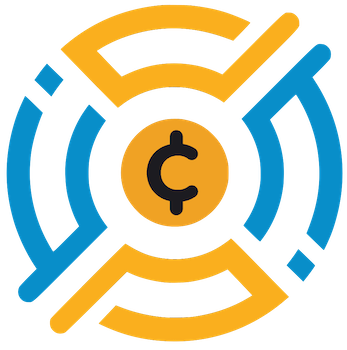THORChain, known for its decentralized cross-chain liquidity protocol, has faced a significant financial challenge that culminated in nearly $200 million of defaulted debt. This precarious situation necessitated immediate intervention from the governance body, prompting the approval of Proposal 6 aimed at restructuring the protocol’s financial obligations. By shifting defaulted liabilities into TCY (Thorchain Yield) equity tokens, the proposal not only provides a swift approach to debt recovery but also sets the stage for the future sustainability of the platform.
At the crux of this proposal is an innovative solution that dissociates the protocol’s recovery efforts from the potentially detrimental act of raising private funds. Instead, the plan concentrates on utilizing treasury resources, minting 200 million TCY tokens directly linked to the dollar amount of each user’s defaulted debt. This tokenomics strategy is particularly noteworthy: by allocating 10% of protocol fees to TCY holders indefinitely, the proposal seeks to create enduring value for liquidity providers while fostering a sense of community ownership and involvement.
Establishing a Stable Pricing Environment
An essential component of Proposal 6 is the introduction of a shallow liquidity pool for RUNE and TCY set at a price of $0.10 per TCY. This initial pricing framework suggests a calculated attempt to stabilize market fluctuations as the community navigates through the financial aftermath. Additionally, the allocation of $5 million in treasury funds for strategic buybacks over a ten-week period indicates a proactive measure aimed at fostering price stabilization and ensuring adequate liquidity during the recovery transition.
The crux of THORChain’s recovery effort hinges on community involvement and governance enhancement. The introduction of Liquidity Nodes aims to improve capital efficiency while simultaneously compensating users of the Lending and Savers programs, who were adversely affected by the financial turmoil. This restructuring gives affected parties not only a potential avenue for recovery but also a stake in governance, empowering liquidity providers to have a say in the network’s future.
The aftermath of this governance initiative is crucial. After the suspension of THORFi services, which left many users in a state of uncertainty, the community’s response has been commendable—eight independent restructuring plans emerged, with the governance body carefully reviewing these proposals before casting votes. The need for such drastic measures stems from a recent trend in the market, as THORChain’s native token, RUNE, has plummeted by nearly 80% since December, raising concerns about its sustainability. The potential for a price recovery remains contingent on the successful implementation of the proposed measures and the community’s ability to rally around the new framework.
While THORChain continues to navigate this storm, the strategic choices made by its governance body could serve as a roadmap for other decentralized finance protocols facing similar challenges. Moving forward, the focus will need to be on maintaining community trust, ensuring liquidity, and fostering innovation within its ecosystem.
















Leave a Reply